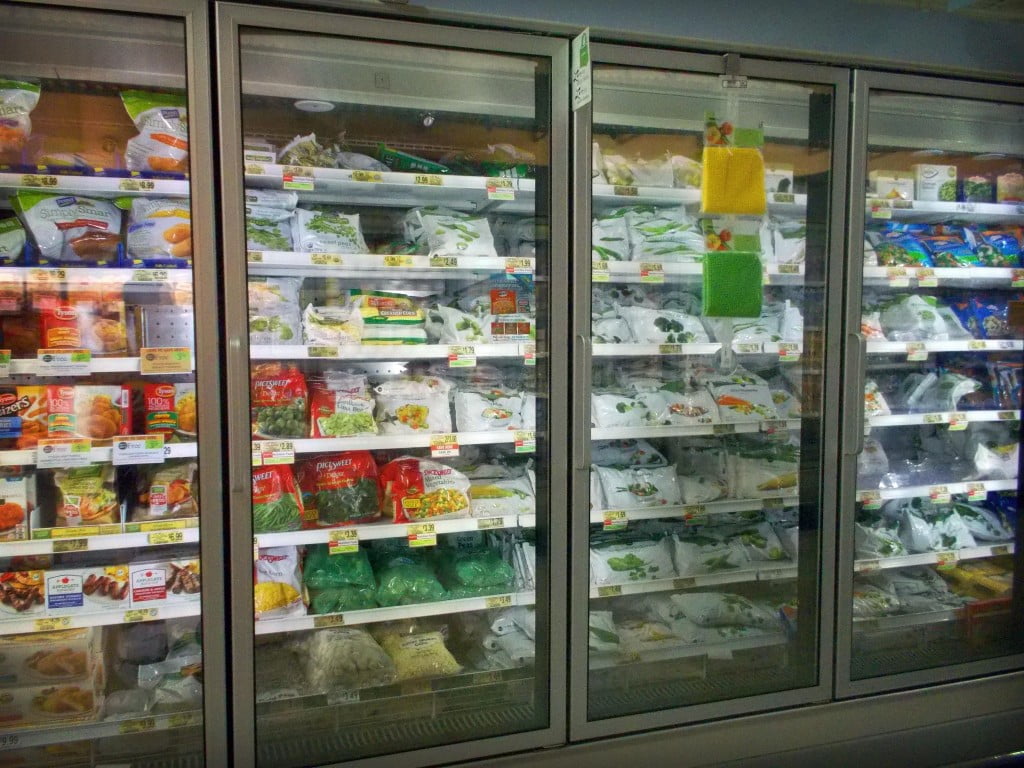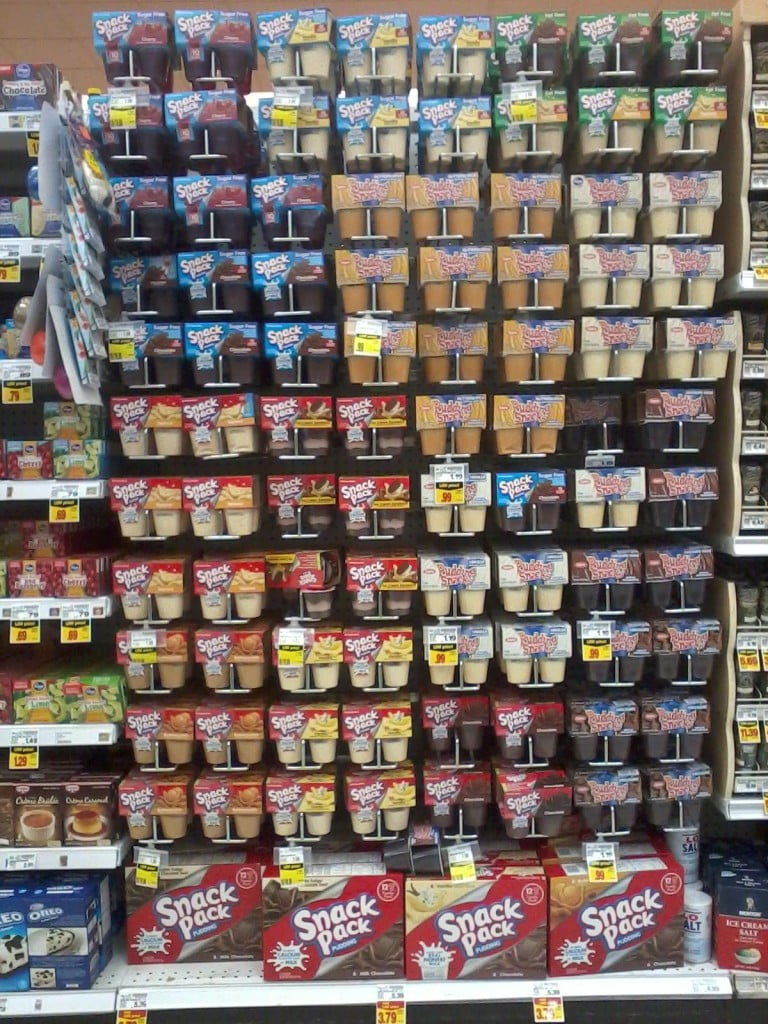
By Deepak Manchanda
The customer picks up a package from the shelf and a green dot tells her it is vegetarian; arrow marks tell her the various benefits of the product; icon illustrations tell her how to use it — and so on. The choice of colors and photographs on the pack tell their own story about the contents of the pack. Above all the brand logo dominates the pack with its own back stories and visual associations to make the Silent Salesman only as effective as we know it to be today. At the same time, practically every-thing else around us in our daily lives has caught up and learnt to be ‘smart’ and ‘intelligent.’ Our cars include chip processors. Our air-conditioners use in- telli-flow. Our refrigerators have bio-sense. Our washing machines have fuzzy logic.
A recent story from the New York Times, titled “My T-shirt told me to take a chill pill” (by Nick Bilton) even re- minds us of how ‘smart textiles’ are starting to hit the market and what ‘wearable computing’ could be in the future. Above all, our phones offer smart companionship which some have begun to say—even spouses do not! In all this active intelligence and smartness around us it is inevitable that we should start to have great expectations from our packaging too. Why should the cereal box just sit silently on the table while I eat break- fast when it could be reminding me of my ‘to do’ list ofthe day? Why shouldn’t a fresh loaf of bread picked up from the bakery also tell me the news? While such expectations may still sound over the top, it is clear that innovative ‘smart’ packaging is already beginning to find a voice of its own and living up to much greater expectations.
In a Smithers Pira report titled “Top 25 impacts on the flexible packaging supply chain” (quoted in Food & Beverage magazine, April 2014 by Jenny Eagle) — Intelligent (smart) packaging is listed as the top most among 25 developments that are expected to have the most disruptive impact on the packaging market over the next ten years. “The innovation in, and implementation of smart and active packaging over the next 10 years (by 2023!)will be the top disruptive factor affecting the flexible packaging industry,” the report says. To quote further: “Current technologies have been affected by high cost, consumer resistance to items such as sachets in packaging, and concerns about excessive packaging. However, it (the Smithers Pira report) says the deployment of intelligent packaging will become more frequent with decreasing cost, increasing emphasis on food safety, anti-counterfeiting, new regulations and brand owner/consumer demand.”
The same Smithers Pira report also goes on to say, “Together with printed electronics and digital printing, this will lead to better perceptions of the function of packaging, beyond the traditional containment, preservation, protection and identification to include a monitoring, tracking, warning, remediation, authentication, communication and brand protection role.
”Freshness and counterfeit protection watchdog
In India, P Sethunath, director, Alia Group in FNB News (November 2013) is reported to have said, “India needs intelligent packaging solutions.” He goes onto explain that the logistics challenge of delivering a quality product in a high volume purchase segment (like confectionery for example) offers unique practical challenges. For this reason, he goes on to say, in the coming times, considering India’s wide geography we need to look into “very intelligent packaging solutions to solve the customer’s real issue.”He has been further quoted saying that clients as well as the industry are investing heavily in packaging security and counterfeit protection in the interest of their customers. He mentions the example of the use of a concept called Paclinc (developed in partnership with R3,UK)which allows a pack to be embedded with a code that can be sensed by your smart-phone. Once the Paclinc code is sensed the smart-phone can communicate direct with the brand owner’s customer care centre and this allows authentication as well as brand promotion programs.

In addition to the obvious need for counterfeit protection (or brand authentication)in a diverse and vast country like India, there is also the growing view that product freshness cannot be assured by just the old, outdated idea of ‘best before.’
Beyond — best before
It is believed that assuring customers absolute product safety cannot be achieved just by mentioning ‘best before’ on a pack. In fact the entire logistics chain — from production to warehousing to transportation to retail to customer—has to be monitored. “By enabling our customers to check the freshness and quality of our products, our labels underline our quality philosophy,” explains CEO Daniel Kneuss of a Swiss poultry product company that was among the first to introduce OnVu (developed by BASF-Ciba-Bizerba) freshness indicators on their packs of fresh meat. Indeed, perishable foods and pharmaceutical products are the most likely to need smart protection.
To rely only on best before for such products exposes customers to a huge risk as well as causes avoidable wastage. Best before — a date which merely states how long a product can be stored safely before use, does not account for breaks in the cooling chain or episodes of excess moisture penetration which could expose user to risk. On the other hand, very often foods and medicines that are still fresh beyond the best before date get thrown away, causing unnecessary waste of resources. For such reasons, now there is growing interest in the development of reliable time-temperature indicators that can show the precise degree of freshness and can prevent unnecessary waste and in this way contribute to sustainability.
Among various imaginative approaches being developed to make packaging more active is the work with RFID chips and the commercialization of printable organic electronics. The German Engineering Federation (VDMA) and The Organic Electronics Association (OE-A) are reported to have developed “inexpensive, thin, flexible electronics which when attached to flexible polyester substrates can be easily integrated into packaging and will soon be a familiar feature in the retail industry.” Such technology stands for a guarantee of authenticity and distribution security.
But the work on creating active packaging does not stop just at brand authentication or assuring distribution security — in fact it is working actively on all forms of‘communicative’ packaging — to interact with contents, eliminate harmful oxygen and microbes and improve shelf-life. The use of oxygen-absorbing sachets in pack-ages of fresh food in Japan is reported to be common. Beer and fruit juice can stay drinkable longer in PET bottles processed with oxygen absorbers (like iron) in the polymer matrix itself. Silica gel pads incorporated in metal cans lids can keep powdered coffee lump free.
Indeed various new forms of active, smart, intelligent forms of packaging have already arrived in testing labs around the world. The move from the lab to mass production may be harder but it appears inevitable.
Just as in our nation building at this point, in packaging too it can be said, we can have great expectations. ‘Achhe Din’ will be here soon.

Active packaging — a smart guide
Active Packaging Usually means having active functions beyond the inert passive containment and protection of the product.
SmartPackaging Also referred to as intelligent packaging. Usually involves the ability to sense or measure an attribute of the product, such as—the inner atmosphere of the package, or the shipping environment. The information can be communicated to users or be used to trigger active packaging functions.
Moisture Control To actively control the water vapour content of packages for sensitive foods and drugs or prevent corrosion of electronics or machinery and there by improve shelf-life. Hygroscopic desiccants are placed in porous pouches inside the pack for this purpose.
Corrosion Inhibitor To help prevent rust and corrosion inside a pack. Volatile corrosion inhibitors (VCI) placed inside a pack help to create a neutral environment inside the pack. Many of these are organic salts that condense on the metal to resist corrosion. Some films, equipped with copper ions in the polymer structure also have VCI emitting capability.
Oxygen Absorbers To help remove oxygen from a closed package. Some are small packets or sachets containing powdered iron. As the iron rusts, oxygen is removed from the surrounding atmosphere. Newer systems are planned to be built into the polymer matrix of package films or molded structures.
Atmosphere Control With some products, such as cheese, it has long been common to flush the package with nitrogen prior to sealing. The inert nitrogen is absorbed into the cheese, allowing a tight shrink film package. The nitrogen removes oxygen and ‘actively’ interacts with the cheese to make the package functional.
Temperature Indicator Some temperature indicators give a visual signal that a specified temperature has been exceeded. Others, such as the time-temperature indica-

